
Welcome to the 2020 Science Archive
2020 Science started life in 2007 as a nanotechnology blog written by Andrew Maynard on SafeNano. In the following years it developed into a personal blog addressing emerging technologies, responsible innovation, risk, science communication, and the intersection between science and society more generally.
Andrew made he decision to wind the blog down in 2019 as his focus and writing developed in new directions. This archive contains most of the original posts (there have been occasional clean-ups of content). For more recent articles etc. please visit andrewmaynard.net. And thanks for visiting!
BROWSE THE ARCHIVE
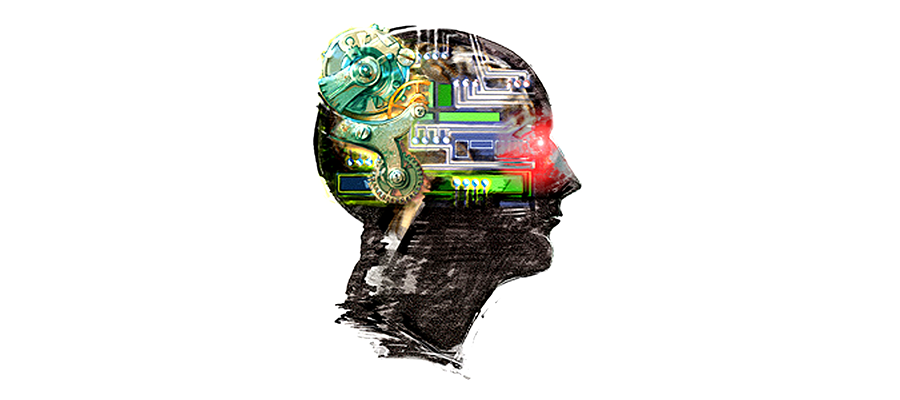
How risky are the World Economic Forum’s top 10 emerging technologies for 2016?
Take an advanced technology. Add a twist of fantasy. Stir well, and watch the action unfold. It’s the perfect recipe for a Hollywood tech-disaster blockbuster. And clichéd as it is, it’s the scenario that we too often imagine for emerging technologies. Think...

Guiding “questions” for science communication – personal reflections
A few days ago, I was asked to articulate my “rules” for effective science communication. I don’t actually have a check-list for developing science communications (and I’m not sure that a rigid check list would be such a good idea). But I do have an informal (and...
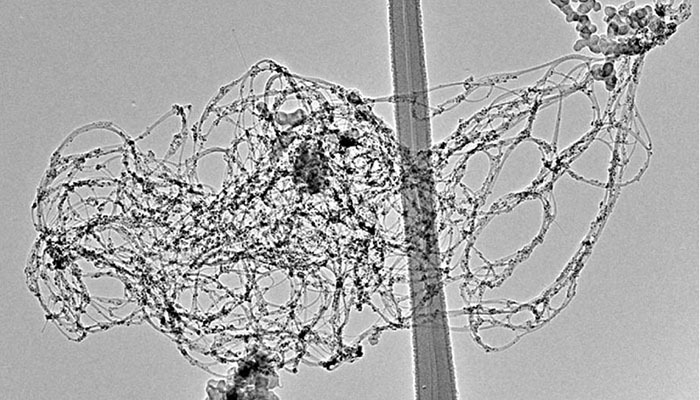
What’s the latest on carbon nanotube safety?
Just a few years ago, carbon nanotubes were front and center of discussions around the safety of engineered nanomaterials. These days, not so much. So what happened? Did we do the science and discover that they're just as safe as any other form of carbon? Or did...

How to give the perfect scientific presentation
Too often, it seems, the mark of a "good" scientist is the ability to give an excruciatingly embarrassing and incomprehensible scientific presentation - the sort of presentations that litter academic conferences. Borne out of long-standing frustration, I posted a...
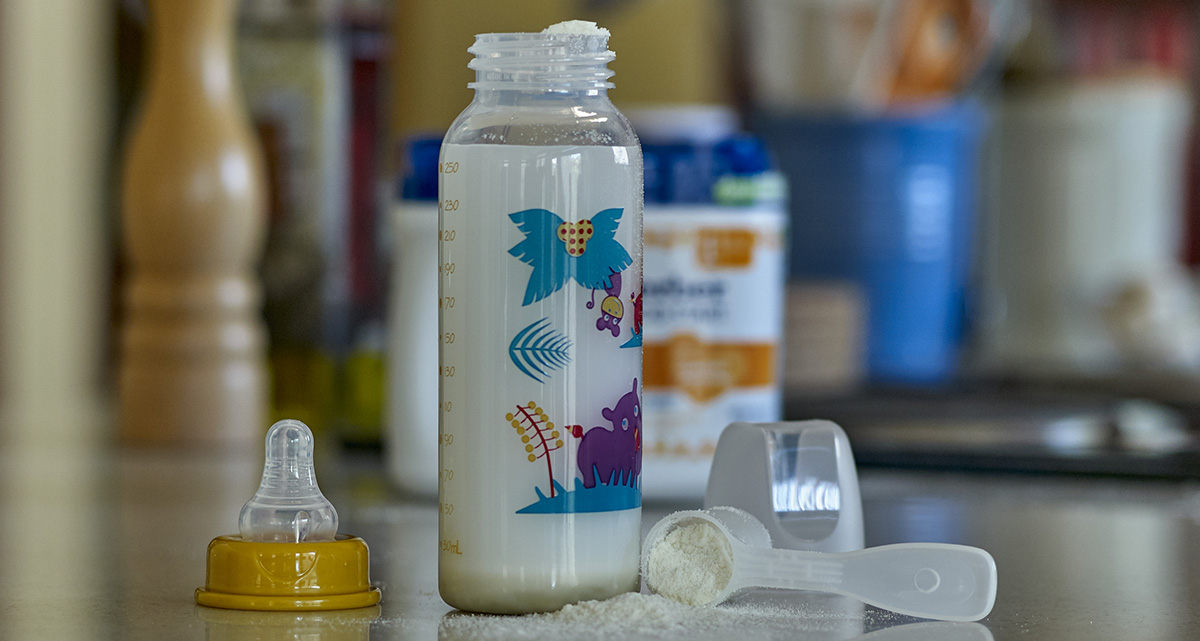
Nanoparticles in baby formula: should parents be worried?
There’s a lot of stuff you’d expect to find in baby formula: proteins, carbs, vitamins, essential minerals. But parents probably wouldn’t anticipate finding extremely small, needle-like particles. Yet this is exactly what a team of scientists here at Arizona State...
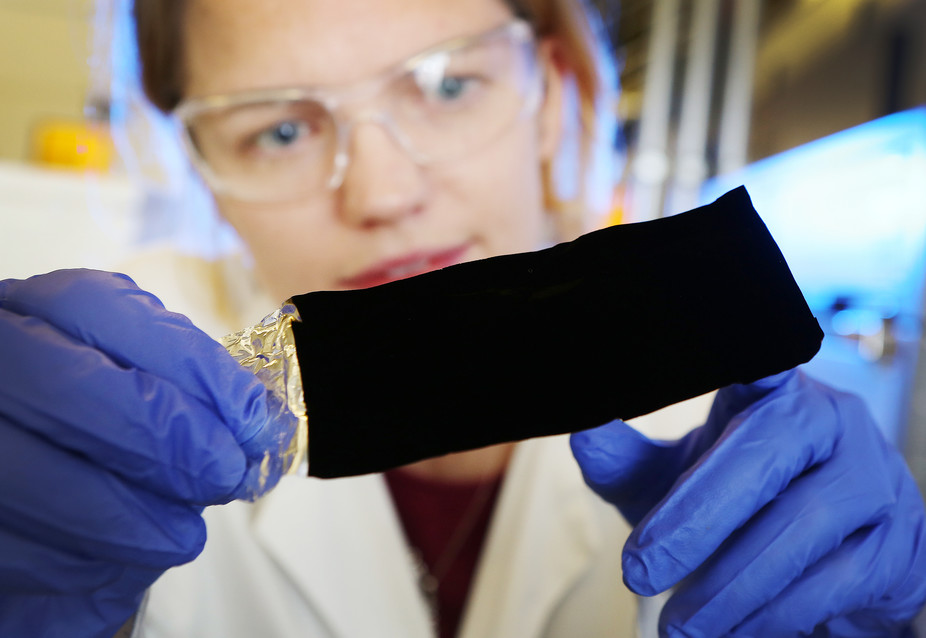
With carbon nanotubes in the news again, where’s the public interest in possible risks?
Back in 2008, carbon nanotubes – exceptionally fine tubes made up of carbon atoms – were making headlines. A new study from the U.K. had just shown that, under some conditions, these long, slender fiber-like tubes could cause harm in mice in the same way that some...

Peanut allergy – what does the LEAP study tell us?
Peanut allergy continues to increase, and affects an estimated 1% - 3% of the population in Western countries. Yet we're still not clear what the cause is. A recent British study though is indicating that exposing infants to peanuts early in their life can -...
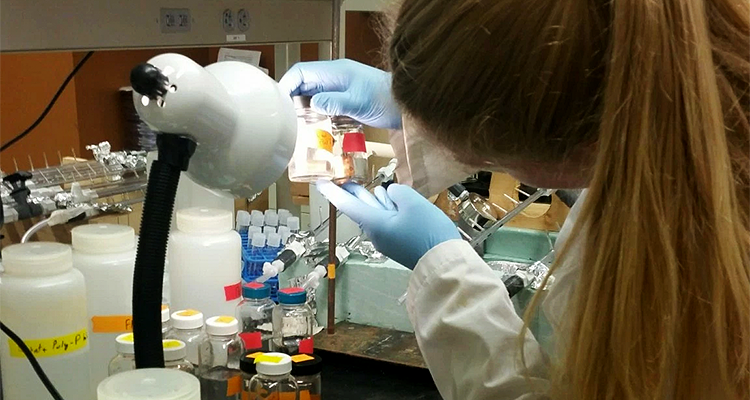
Public universities must do more: the public needs our help and expertise
The water crisis in Flint, Michigan, has been in the national headlines for months, culminating in its central role at a recent debate in the city when Democratic presidential hopefuls Bernie Sanders and Hillary Clinton slammed government officials for dismissing the...
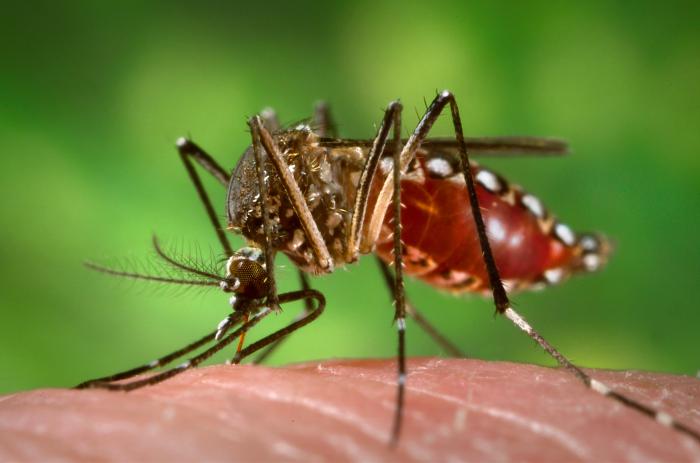
Three ways advanced genetic engineering could help address Zika and other mosquito-borne diseases
In just a few short weeks, Zika has shot from being an obscure infection to a headline-hitting public health disaster. The virus is spreading rapidly across the Americas (and potentially beyond), is suspected of being associated with birth defects that affect brain...
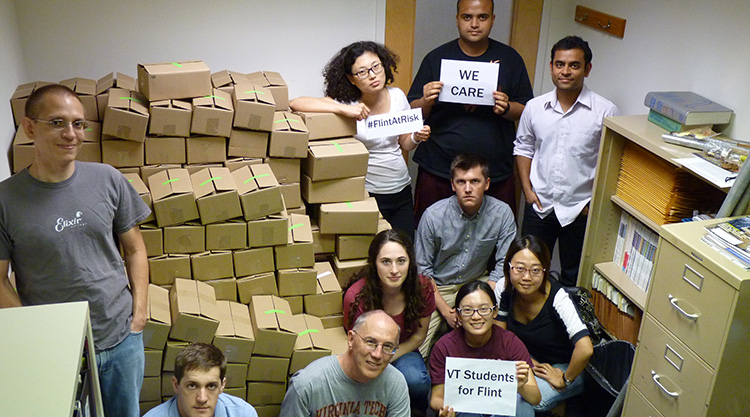
Can citizen science empower disenfranchised communities?
Early in 2015, a group calling itself the Nappy Science Gang hit the parenting scene in the U.K. It was made up of moms and dads who used cloth nappies – or diapers – with their kids, and wanted to know the best ways to keep them clean and safe. The Nappy Science Gang...
